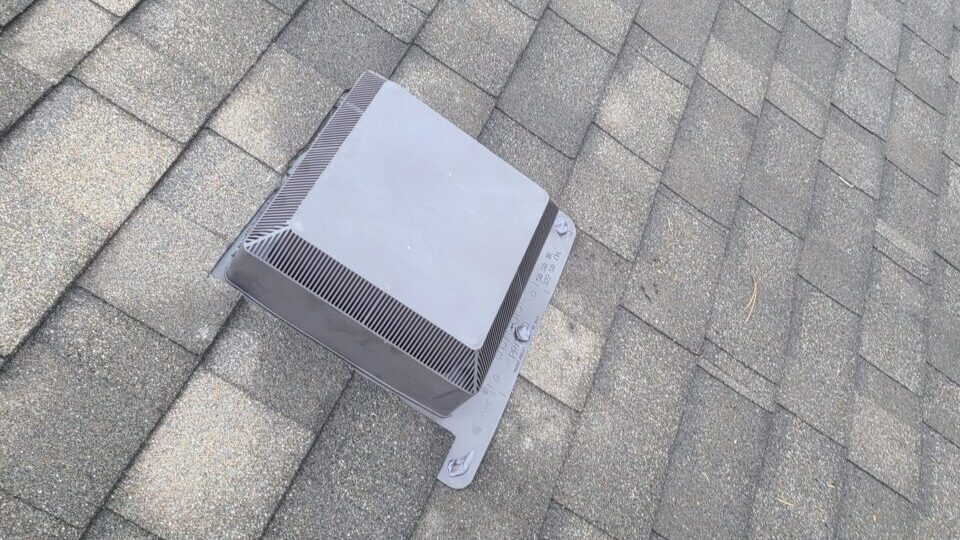
The Importance of Roof Ventilation:
Proper roof ventilation is an essential aspect of maintaining a healthy and efficient roofing system. In this blog article, we will delve into the significance of ventilation, explore common signs of poor ventilation, and provide practical solutions to ensure optimal airflow. Whether you’re a homeowner or a roofing professional, understanding the importance of roof ventilation can help you make informed decisions for the longevity and performance of your roof.
Ventilation plays a crucial role in maintaining a balanced and healthy roofing system. It helps regulate the temperature within the attic, prevents moisture buildup, and protects the integrity of your roof. By allowing the free flow of air, proper ventilation can extend the lifespan of your roof, prevent shingle deterioration, and reduce energy costs.
Signs of Poor Roof Ventilation:
Identifying signs of inadequate roof ventilation is key to addressing the issue promptly. Here are some common indicators to watch out for:
- Excessive heat in the attic: If your attic feels excessively hot, especially during the summer months, it may indicate insufficient ventilation. This trapped heat can lead to premature aging of roofing materials and increased energy consumption.
- Condensation on the underside of the roof: Moisture buildup in the attic can cause condensation on the underside of the roof. This can lead to the growth of mold, mildew, and rot, compromising the structural integrity of your roof.
- Premature shingle deterioration: Poor ventilation can cause shingles to deteriorate faster than expected. Look for signs such as curling, cracking, or blistering shingles, as these indicate potential ventilation issues.
Solutions for Optimal Ventilation:
Addressing roof ventilation concerns requires implementing effective solutions. Here are some practical steps you can take:
- Ridge and soffit vents: Ridge vents and soffit vents work together to create a continuous airflow pathway. Soffit vents allow cool air to enter the attic, while ridge vents facilitate the release of warm air. This promotes natural convection and prevents heat buildup.
- Attic fans: Attic fans can supplement natural ventilation by actively expelling hot air from the attic. These fans are particularly beneficial in regions with high humidity or inadequate airflow. They can be installed on the roof or in gable vents, providing additional ventilation support.
- Insulation and air sealing: Proper insulation and air sealing help maintain a consistent temperature in the attic. Adequate insulation prevents heat transfer from the living spaces to the attic, reducing the strain on ventilation systems. Additionally, sealing air leaks ensures that the ventilation system functions efficiently.
Understanding the significance of ventilation and recognizing signs of poor ventilation is crucial for homeowners and roofing professionals alike. By addressing ventilation issues proactively, you can protect your roof, enhance its longevity, and maintain a healthy indoor environment. Remember, consulting with a professional roofing contractor is essential to assess your specific ventilation needs and recommend the most suitable solutions.
For expert guidance and reliable roofing services in Barrie, Ontario, turn to Smash Hogg Roofing. Our team of experienced professionals understands the importance of proper roof ventilation and can assist you in creating a well-ventilated roofing system that ensures the longevity and performance of your roof. Contact us today to schedule a consultation and experience the difference with working with a trusted roofing partner.